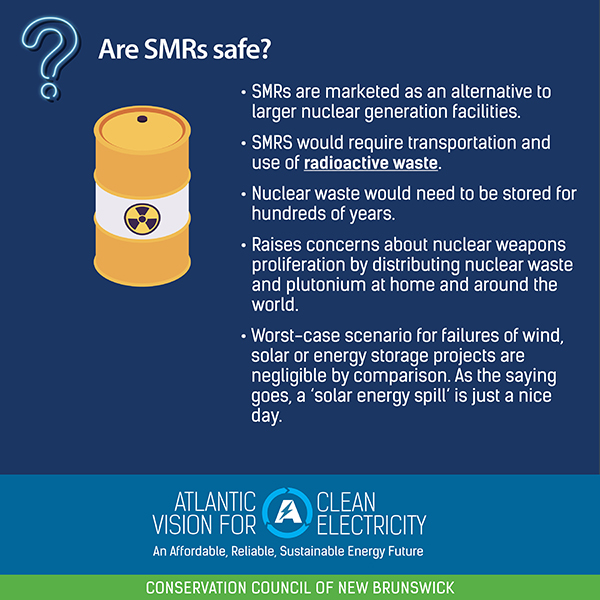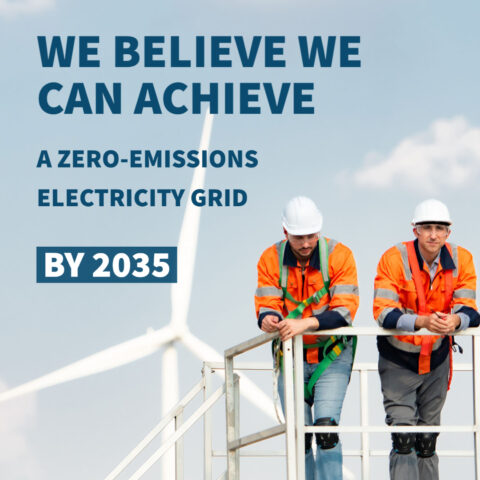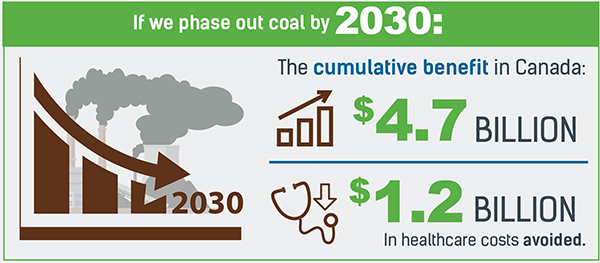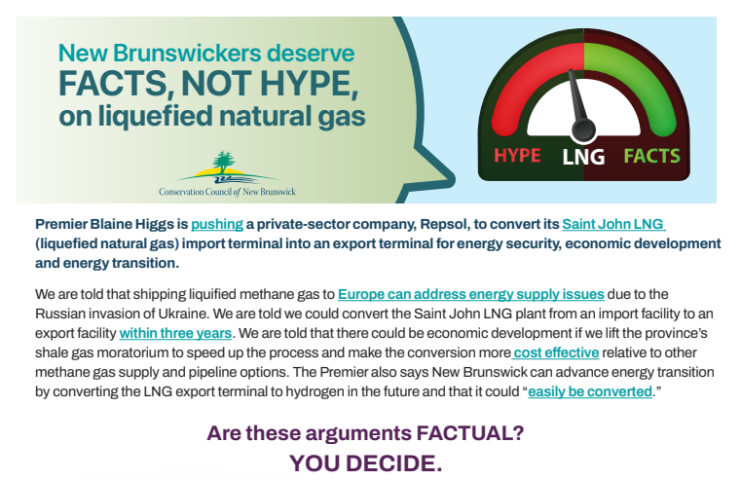Electrifying Our Energy
MYTHS AND FACTS
Energy-efficient homes are beneficial for our comfort and our wallets. Join the Thompson family as they navigate the harsh reality of trying to keep warm in their old house.
From uncomfortable trade-offs to transformative upgrades, discover how New Brunswick’s energy efficiency programs are the key to unlocking comfort and savings.
Traditional definitions of energy poverty focus only on economic factors. However, energy poverty is also defined by social factors like income, housing status, and location. By expanding the definition of energy poverty to include these social factors, we can understand and deal with the problem more effectively.
Many school jurisdictions in Canada are currently in the process of phasing out diesel-powered school buses in favour of electrified alternatives. Although electric school buses require a higher initial investment, they offer substantial long-term savings while prioritizing the welfare of our children and safeguarding the environment.
As the global average temperature increases, we will continue to experience extreme weather events, heat waves, rising costs in coastal cities, increased health problems and costs and many more issues.
Severe weather events deeply affect public health. Areas that experience wildfires and harsh drought conditions suffer from reduced air quality, resulting in respiratory and cardiovascular hospitalizations for lung illnesses, bronchitis and other breathing problems.
Heat pumps save you money, support climate action in New Brunswick, and provide a safer option for you and your family to keep warm in the winters and cool in the summers.
Household energy bills drop between two and six per cent after transitioning from a natural gas boiler to a heat pump. They’re also convenient, requiring very little maintenance throughout the year.
Plus, they don’t depend on burning fossil fuels to heat your home, lowering safety concerns for you and your loved ones, such as carbon monoxide poisoning.
Hydrogen can be used as a chemical or an energy source, and understanding the opportunities and challenges with both is crucial to fueling the clean energy transition.
Despite its chemical utility, hydrogen faces significant challenges as an energy source. The production, storage, and transportation of hydrogen require considerable energy inputs, often derived from fossil fuels, thereby limiting its potential as a clean and sustainable energy option. In fact, global production of chemical hydrogen creates more greenhouse gas emissions than the entire aviation industry.
Electricity storage is the process of capturing and storing electrical energy for later use, and is critical to the transition to a clean, reliable, and resilient energy system. As renewable energy sources continue to become more cost-competitive and widely adopted, electricity storage will play an important role in their integration and maximizing their benefits.
An extremely cold and windy weather event on the East Coast during the first week of February 2023 challenged NB Power to find enough power to meet record electricity demand. In this fact sheet, the Conservation Council tells the story of how that demand was met, shows the role wind power played in the Atlantic region, and challenges claims that wind power was offline just as NewBrunswickers needed it.
In this short video, we provide a quick overview of the negative impacts of shale gas extraction in New Brunswick.
With over 2,500 scientific studies, journalistic investigations, and government regulatory reports, the industry’s promise of jobs and riches has proven to be empty. Shale gas extraction poses a significant threat to public health, water, and the environment, as well as climate change.
This industry’s risks are not worth it. It’s time to learn about how we can build a secure, affordable, and sustainable electricity system without fossil fuels.
View our factsheet on Shale gas extraction in New Brunswick.
Households generally spend about three per cent of after-tax income on energy, including home heating and cooling, lights and appliances, and transportation.
Many households spend more, which can be cause for concern. A household
that spends six per cent or more of after-tax income on energy, for example, may face hard choices about how to budget household expenses.
Researchers call this energy poverty.
Building a circular economy is key to addressing climate change. A circular economy makes better use of resources so we create less waste, less pollution, and more sustainable products. It is a departure from the traditional linear economy that follows a ‘take-make-waste’ approach, where resources are extracted, transformed into products, used, and then discarded. A circular economy, on the other hand, seeks to keep resources and products in use by creating closed-loop systems that recover, reuse, and recycle materials.
View our factsheet about building a circular economy in N.B.
View our factsheet about the benefits of a circular economy in N.B.
Read our March 2023 report, New Brunswick’s Waste Reduction and Circular Economy Journey

According to Natural Resource Canada’s Small Modular Nuclear Reactor Roadmap, if New Brunswick moves forward with SMRs, we could wait until 2030 or later to see electricity on the grid from these experimental projects. To act on climate change, and to reach the global target of reducing warming below 1.5°C, New Brunswick needs to act quickly to phase out coal electricity by 2030 or sooner.
Learn more about small modular nuclear reactors in New Brunswick
Read our motion on nuclear power as adopted by members at our 2022 Annual General meeting: English | French
The Belledune Generating Station is responsible for 13 percent of New Brunswick’s total emissions. Promoting biomass as a solution to large-scale electricity generation could increase demand, and in turn, increase unsustainable forestry practices. By switching to non-polluting sources of energy like solar and wind instead of singular solutions like burning biomass, we can support sustainable forestry practices that help stabilize our climate.
View this factsheet.We are told that shipping liquified methane gas to Europe can address energy supply issues due to the Russian invasion of Ukraine. We are told we could convert the Saint John Liquefied Natural Gas (LNG) plant from an import facility to an export facility within three years.
We are told that there could be economic development if we lift the province’s shale gas moratorium to speed up the process and make the conversion more cost-effective relative to other methane gas supply and pipeline options. The Premier also says New Brunswick can advance energy transition by converting the LNG export terminal to hydrogen in the future and that it could “easily be converted.”
But are all these arguments factual?
View this factsheet.Technologies such as wind turbines, solar panels, and batteries for electric vehicles require significant mineral inputs. Yet, their associated climate impact. It is crucial that the transition to a sustainable economy is fair for workers and Indigenous communities, here and abroad. A green economy in New Brunswick and Canada should not come at the expense of the rights of Indigenous communities or their land anywhere on Earth.
View this factsheet.The transportation sector, which includes our vehicles, cars, industrial trucks, and so on, accounts for 29 percent of New Brunswick’s total emissions, but our own personal vehicles account for 70 percent of that total. That’s two million tonnes of greenhouse gases (GHGs) from New Brunswick alone every year. By switching to electric vehicles, trucks and transit, we can reduce the amount of pollution in our air and stabilize our climate.
View this factsheet.School buses in New Brunswick account for 30 percent of the province’s fleet of government-owned vehicles. That’s a significant portion of the provincial government’s vehicle emissions and resulting air pollution that can be prevented every year. By switching to electric school buses, we can reduce the amount of air pollution our children are exposed to and stabilize our climate.
Visit our Electric School Bus campaign page.
View our factsheet on the shift to electric buses in N.B.
View our case study on P.E.I.’s Electric School Bus Build-Up
See our full list of resources on electric school buses in N.B.
Sign our letter calling for a fully electric school bus fleet in N.B.




